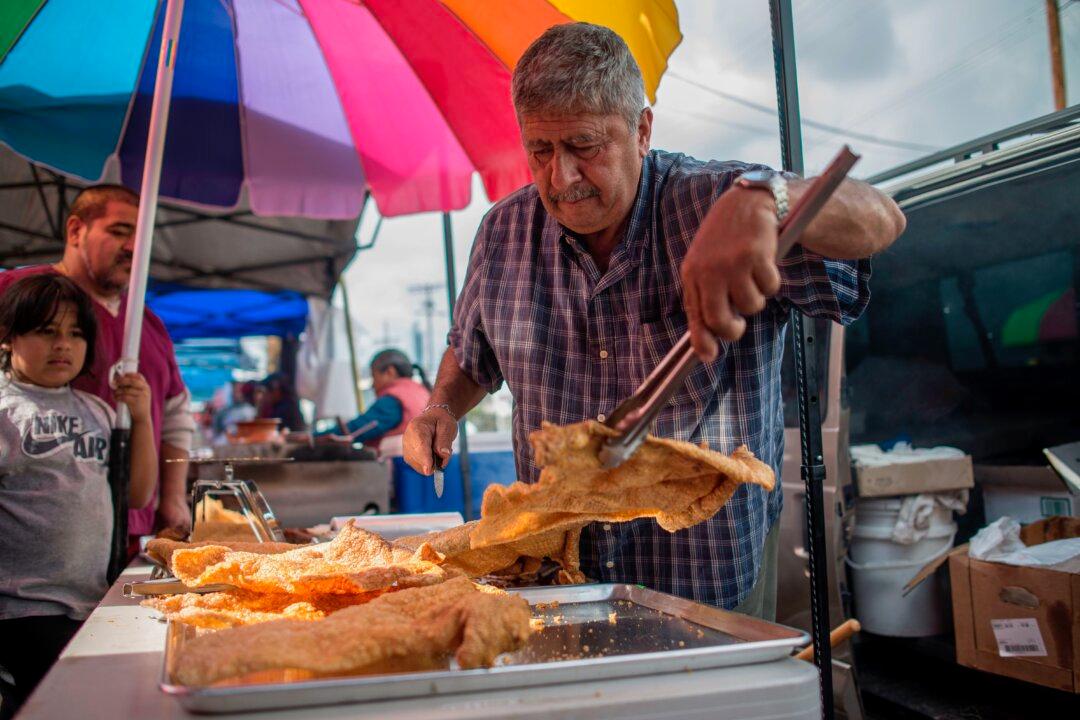LOS ANGELES—The Los Angeles County Board of Supervisors has tentatively approved a pair of ordinances regulating sidewalk food vendors, including the establishment of fees that the county hopes to largely subsidize, and the ordinances will return to the board for final approval next week.
According to Supervisor Hilda Solis’ office, there are roughly 10,000 sidewalk vendors selling food in the county, most of them coming from Latino and other communities of color.





